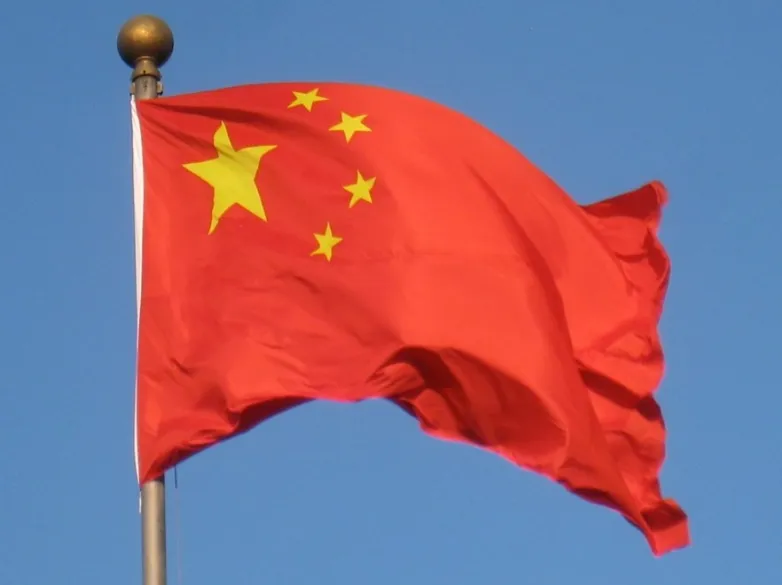China Power International reveals details of 500 MW grid-parity project
Oct 21, 2019 07:12 PM ET
- The Chaoyang facility is the largest of the first batch of central-subsidy-free solar projects approved in the world’s biggest solar marketplace. China Power has awarded three construction contracts to entities owned by its SPIC parent company.

Hong Kong-registered energy company China Power International today offered an insight into its work on the largest of China’s first batch of grid-parity solar demonstration projects.
The power company, a subsidiary of the State Power Investment Corporation (SPIC) is developing a 500 MW solar project free of central government subsidy across 12 townships of the city of Chaoyang, in Liaoning province.
The sprawling facility has been divided into lots and China Power International today announced the identity of two engineering, procurement and construction (EPC) services contractors that will work on three slices of the project. The power company was forced to make an announcement to the Hong Kong Stock Exchange where it is listed as the contractors selected in this instance are also entities owned by SPIC.
CPI Power Engineering Co Ltd has been given the nod to construct the fifth and sixth tender lots, for fees of RMB136 million (US$19 million) and RMB158 million, respectively; and State Nuclear Electric Power Planning Design & Research Institute Company Limited has been awarded the RMB140 million contract for the third tender lot. No details were released about the first, second and fourth tender lots – or any other tranches of the facility – which may have been awarded to independent EPCs.
Grid parity benefits
China Power International said each of the EPC contracts awarded to connected entities was allocated after a “stringent and competitive tendering process”.
State-owned SPIC is one of China’s big five power companies and claims to be the only one to hold a portfolio which includes coal, hydropower and nuclear generation assets as well as renewables.
Under the grid-parity solar policy promulgated by China’s National Energy Administration, local authorities will offer preferential land leasing for such subsidy-free projects as well as reducing site-related projects costs and co-ordinating construction and related power consumption needs. Grid operators have been ordered to offer priority dispatch for the power generated by grid-parity PV projects; to ensure electricity off-takers; and to offer fixed-payment power purchase agreements of at least 20 years’ duration.
Also read


